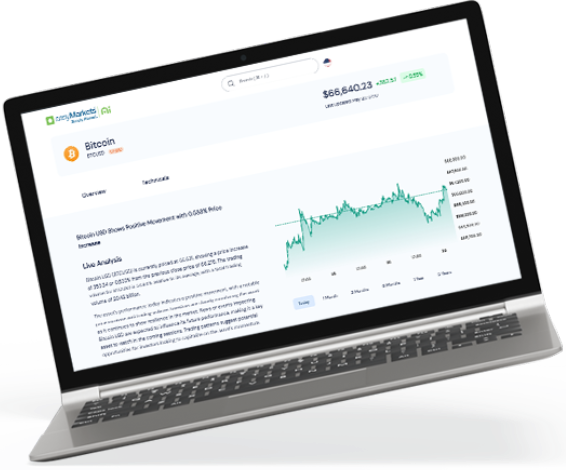Common Forex Trading Strategies
When venturing into the forex market, it makes good sense to follow tried and tested strategies to maximise profits and minimise losses. This is a good way to mitigate risks and aim for successful trades. As an investor, you could either create your own trading strategies or try one of the commonly used ones that have proven their effectiveness over time. A successful strategy is one that defines the rules that you follow while making forex trading decisions.
Successful strategy is defined by rules
A good strategy should be able to answer key questions, such as:
What is the purpose of this particular trade? The reasons could be based on technical, fundamental analyses or other economic data.
How do you decide on the timing of a trade? For instance, do you make a trade just before the release of specific economic data or after it has been released. Or, do you prefer to trade during the day or at night or during a particular session, such as when the US markets are open or the Australian markets are open. Forex trading in general is highly dependent on the time markets open and close. This timing should be decided in advance.
What is the kind of profit you are expecting? What is the level of risk you are comfortable with? This means you should identify target take profits and stop losses before making a trading decision. You can always change these levels, based on changes in the overall economic landscape or due to the occurrence of a specific event. It is important to set realistic targets, especially for beginners.
What kind of trader do you want to be? Would you prefer to be a swing trader, a day trader or a long term trader?

Also, remember that a good strategy is one that allows you to judiciously manage your funds. Some traders prefer to start out by taking small risks, gradually building up their account with small, albeit profitable, trades. It is also important to monitor, document and analyse the results of your trades when following a specific strategy to assess its success. This will help you learn from mistakes and fine tune your strategy for the future. No one strategy can be successful 100% of the times.
Most Commonly Used Strategies

Day Trading
This is possibly the most well-known trading strategy, and is also known as active trading or spot trading. As the name suggests, day trading involves buying and selling of currencies on the same day. Positions need to be taken and closed within the same, day and no position can be carried overnight. This form of trading is more popular with experienced or professional traders, although with the onset of electronic trading, the process has become easier for even novices to try. Sometimes trades may be carried over into the next day but these may incur a small fee.

Scalping
This is another quick trading strategy, where traders hold positions for very short periods of time, sometimes even as short as one minute. Scalpers aim to make small profits but several times throughout the day, without placing too much importance on any one position. The only catch is that the trader needs high focus and a lot of time committed to the strategy, closely following market movements and price changes through the day. Scalping can be tough for part-time traders, and even full-time traders sometimes find it difficult to give their full concentration, following a consistent strategy to minimise losses.

Trend Following
This is also one of the most popular and a relatively simple trading strategy. It may be very effective and profitable, although it is better suited to long term traders. The key here is to have patience, be disciplined and follow effective money management rules. Trend following essentially means monitoring a trend, and it requires the trader to identify the trend through the analysis of patterns that have been created through price actions in response to different economic events. Some useful tools in identifying a trend, as well as determining the entry and exit points include simple price charts, moving averages, candlestick patterns and bar charts. Trend traders focus on weeding out short term volatility and focus on the longer term underlying price dynamics.

Range Trading
This strategy is based on the assumption that regardless of the direction in which a currency travels, it will return to its point of origin. So, a trader following this strategy bases their trades on the possibility of prices trading at the same levels several times and that they may benefit from such fluctuations several times as well. In range trading, the first step is to identify the support and resistance levels and then use them to aim for profits. The trader capitalises on situations where currencies trade within the support and resistance levels for a period of time. In theory, they do this by taking short positions at the top of the range and long positions at the bottom.

Swing Trading
Swing trading is essentially a form of range trading, where the trader takes advantage of market indecision and uses support and resistance lines as tops and bottoms. The aim here is to identify short term trends, ride them, and exit when the move ends. This strategy offers traders the advantages of day trading as well as trend trading. The success of this strategy depends on the trader’s ability to correctly locate short term trends or ranges.
Choosing Your Strategy
As you can see there are many ways to approach the markets. The strategy you employ will come down to your experience, risk appetite and personal psychology. You may combine different strategies to create your own customized approach. Just keep in mind that there is no magic formula or approach. Trading has its ups and downs and no strategy can protect you from that all of the time.














